This review is taken from PN Review 232, Volume 43 Number 2, November - December 2016.
on Nicholas Barker
Nicholas Barker, Visible Voices
Carcanet, 2016
£14.99
Carcanet, 2016
£14.99
Subtitled ‘Translating Verse into Script and Print 3000 BC–AD 2000’, this book traces the visual development of poetry from its prehistorical roots to its modern, (largely) printed form, and as such has a context in which a typesetter such as myself can find much food for thought. The earliest poetry was not written down but memorised and passed on orally; later innovations such as stanzas, line breaks, indents, capitalisation and punctuation, once unconsidered, became essential tools of the poet’s trade. Do they provide effect, or do they intrude? Do alternate-line indents simply frame a sequence of couplets or do they insert a pause… or even suggest unintended meaning in the way that an ellipsis might for some readers?
Such questions inevitably arise as I work on a page of poetry. After more than twenty years typesetting poetry for Carcanet (and others), the variety of visual approaches to a verbal art has constantly amazed and tested me, just as the allusive, metaphorical and personal nature of the language has often left me mystified. If half of the poetry I work on is visually ‘neutral’, with nothing more complicated than stanzas of regular length, the other half presents features which (I have to assume) add dimensions and perspectives to the language: additional wordspaces, extended tabs and vertical patterns, hanging or stepped indents, printer’s decorations, visual tricks with shapes, variations of typesize and style, picture poems… Professionally, I must address this visual aspect while the linguistic angle is less of a concern; in this sense, Barker’s book is one I can read with some understanding, ...
Such questions inevitably arise as I work on a page of poetry. After more than twenty years typesetting poetry for Carcanet (and others), the variety of visual approaches to a verbal art has constantly amazed and tested me, just as the allusive, metaphorical and personal nature of the language has often left me mystified. If half of the poetry I work on is visually ‘neutral’, with nothing more complicated than stanzas of regular length, the other half presents features which (I have to assume) add dimensions and perspectives to the language: additional wordspaces, extended tabs and vertical patterns, hanging or stepped indents, printer’s decorations, visual tricks with shapes, variations of typesize and style, picture poems… Professionally, I must address this visual aspect while the linguistic angle is less of a concern; in this sense, Barker’s book is one I can read with some understanding, ...
The page you have requested is restricted to subscribers only. Please enter your username and password and click on 'Continue':
If you have forgotten your username and password, please enter the email address you used when you joined. Your login details will then be emailed to the address specified.
If you are not a subscriber and would like to enjoy the 291 issues containing over 11,700 poems, articles, reports, interviews and reviews,
why not subscribe to the website today?
